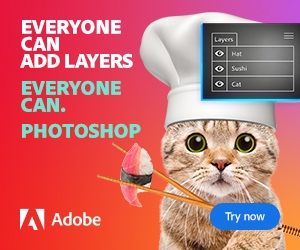Introduction
Adobe Photoshop is the world’s most powerful photo editing software — but for beginners, it can feel overwhelming. Whether you’re touching up a photo, designing social media content, or diving into creative projects, learning Photoshop opens up a whole new world of visual possibilities.
In this complete beginner’s guide, you’ll learn the core tools, essential features, and practical steps to get started with Photoshop — even if you’ve never used it before.
1. What Is Adobe Photoshop?
Photoshop is a raster-based image editing software developed by Adobe. It’s used by photographers, designers, digital artists, marketers, and content creators to manipulate and enhance images. From basic photo adjustments to advanced digital painting, Photoshop does it all.
Key capabilities include:
Photo Re
Lay
Tex
C
AI-Powere
You can get Photoshop through the Adobe Creative Cloud, often bundled with Lightroom.
2. Installing Photoshop & Setting Up
Step 1: Get Photoshop
Visit Adobe.com and choose a Creative Cloud plan. The Photography Plan (Photoshop + Lightroom) is ideal for beginners.
Step 2: Launch Photoshop
After installation, open Photoshop from your desktop. You’ll see a welcome screen with recent files and presets.
Step 3: Create a New File or Open an Image
Choose:
New File – to start a project from scratch (ideal for design).
Open – to import a photo for editing.
Use presets like 1080×1080 for Instagram or 1920×1080 for web banners.
3. Understanding the Photoshop Interface
Photoshop’s workspace is modular. Here’s a breakdown of the main areas:
Toolbar (Left) – Core tools like Move, Crop, Brush, Eraser.
Top Menu Bar – Access to file options, filters, adjustments.
Options Bar (Below Menu) – Context-specific settings.
Canvas (Center) – Where your image appears.
Layers Panel (Right) – Manage layer order, visibility, and blending.
Properties, Color, and History Panels – Edit details and track changes.
Tip: Choose the Photography or Essentials workspace under Window > Workspace for a beginner-friendly layout.
4. Essential Tools for Beginners
✅ Move Tool (V)
Move layers or elements around your canvas.
✅ Crop Tool (C)
Trim unwanted areas from your image.
✅ Brush Tool (B)
Paint or retouch using customizable strokes.
✅ Eraser Tool (E)
Erase parts of a layer.
✅ Clone Stamp Tool (S)
Copy pixels from one area to another.
✅ Type Tool (T)
Add text layers to your project.
✅ Zoom Tool (Z)
Quickly zoom in or out while working.
✅ Magic Wand / Quick Selection Tool (W)
Easily select parts of an image based on color or edges.
5. Working with Layers
Photoshop is layer-based, which means each object or effect exists independently on its own layer.
Basic Layer Actions:
Add a new layer:
Layer > New > Layer…Rename: Double-click the layer name.
Hide/show: Click the eye icon.
Duplicate: Right-click > Duplicate Layer.
Reorder: Drag and drop.
Using Adjustment Layers (like Brightness/Contrast or Hue/Saturation) allows non-destructive editing — you can tweak settings without altering the original image.
6. Basic Editing Workflow
Here’s a simple edit to get started:
Step 1: Open a photo
Go to File > Open.
Step 2: Crop and straighten
Use the Crop Tool (C) and straighten if needed.
Step 3: Adjust exposure and contrast
Click Image > Adjustments > Brightness/Contrast or use Levels (Ctrl+L).
Step 4: Remove blemishes
Select the Spot Healing Brush Tool and click on unwanted spots.
Step 5: Add text or logo
Use the Type Tool (T) to add a caption or watermark.
Step 6: Save your image
Use File > Save As to export in JPEG or PNG. For print, use TIFF.
7. Smart Editing Tips for Beginners
Undo with Ctrl+Z – Undo/redo recent actions.
Use Layers for Everything – Don’t edit the original photo directly.
Name Your Layers – Stay organized as your projects grow.
Zoom Often – Details matter. Zoom in for precision edits.
Learn Shortcuts – They drastically speed up your workflow.
8. Introducing AI Tools (Optional but Fun!)
In recent versions of Photoshop, Adobe has introduced AI-powered tools, like:
Generative Fill (Beta) – Select a region, type a prompt, and Photoshop fills it.
Remove Tool – Quickly erase people or objects from a photo.
Select Subject / Sky – One-click smart selections for faster masking.
These tools make complex edits accessible for beginners and fast for pros.
9. Exporting Your Work
After editing, choose the right export format:
JPEG – Great for web/social media.
PNG – Supports transparency.
PSD – Save as Photoshop document to preserve layers.
TIFF – For print-quality files.
Use File > Export > Export As… to optimize file size and resolution.
10. Learn by Doing: Practice Projects for Beginners
Start with these beginner-friendly project ideas:
Retouch a selfie (skin, color, crop).
Add text to a photo for a quote post.
Replace a sky in a landscape photo.
Design a simple Instagram story banner.
The best way to learn Photoshop is by creating — even if it’s small.
Final Thoughts
Photoshop may seem complex, but by mastering the basics — layers, tools, and workflow — you’ll quickly gain confidence. Stick with it, experiment, and don’t be afraid to make mistakes. Over time, you’ll go from beginner to expert with ease.
🎯 Want to level up your skills? Check out our upcoming tutorials on photo retouching, color grading, and Lightroom workflows here on TheToolTutorial.com.


